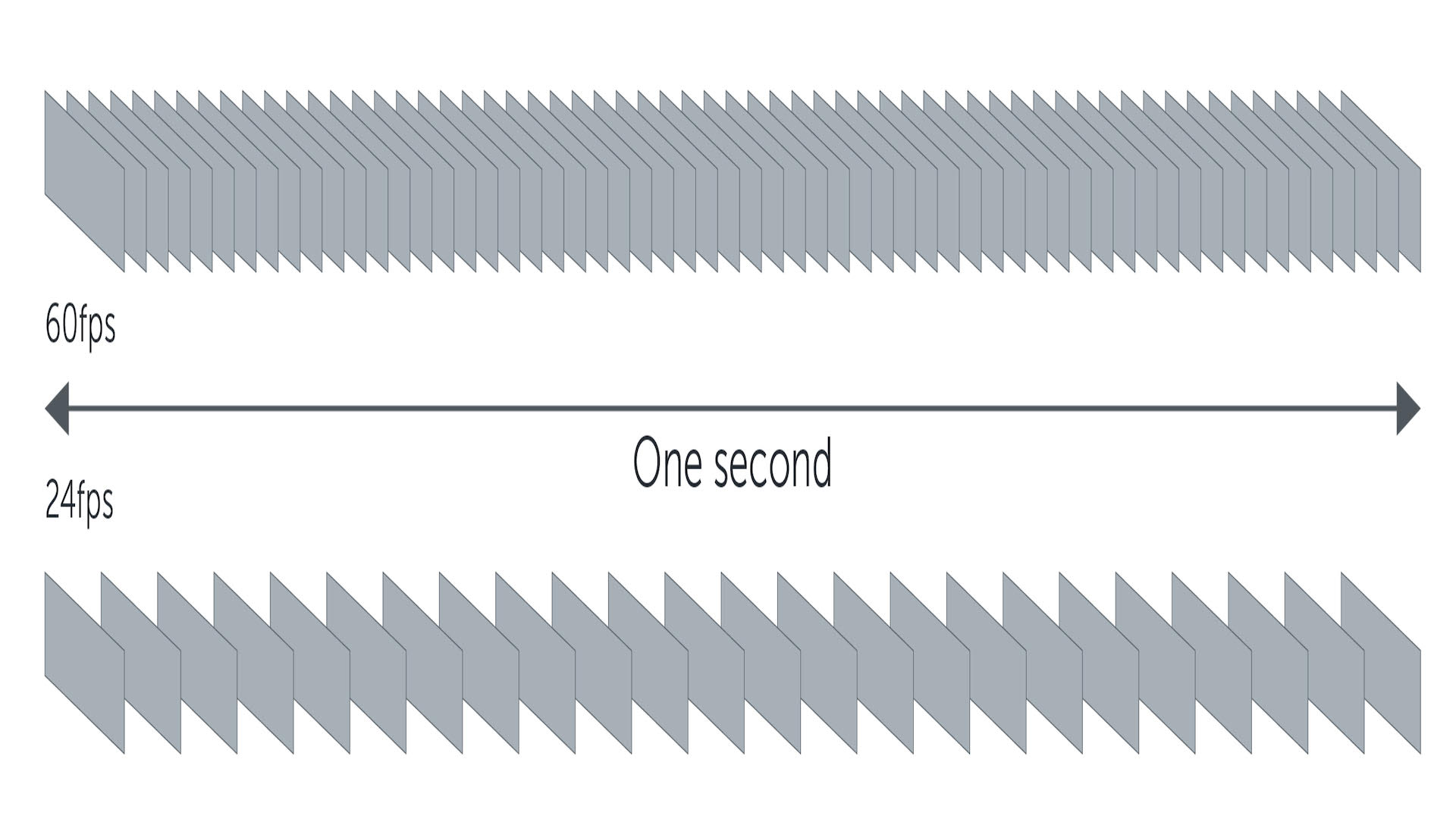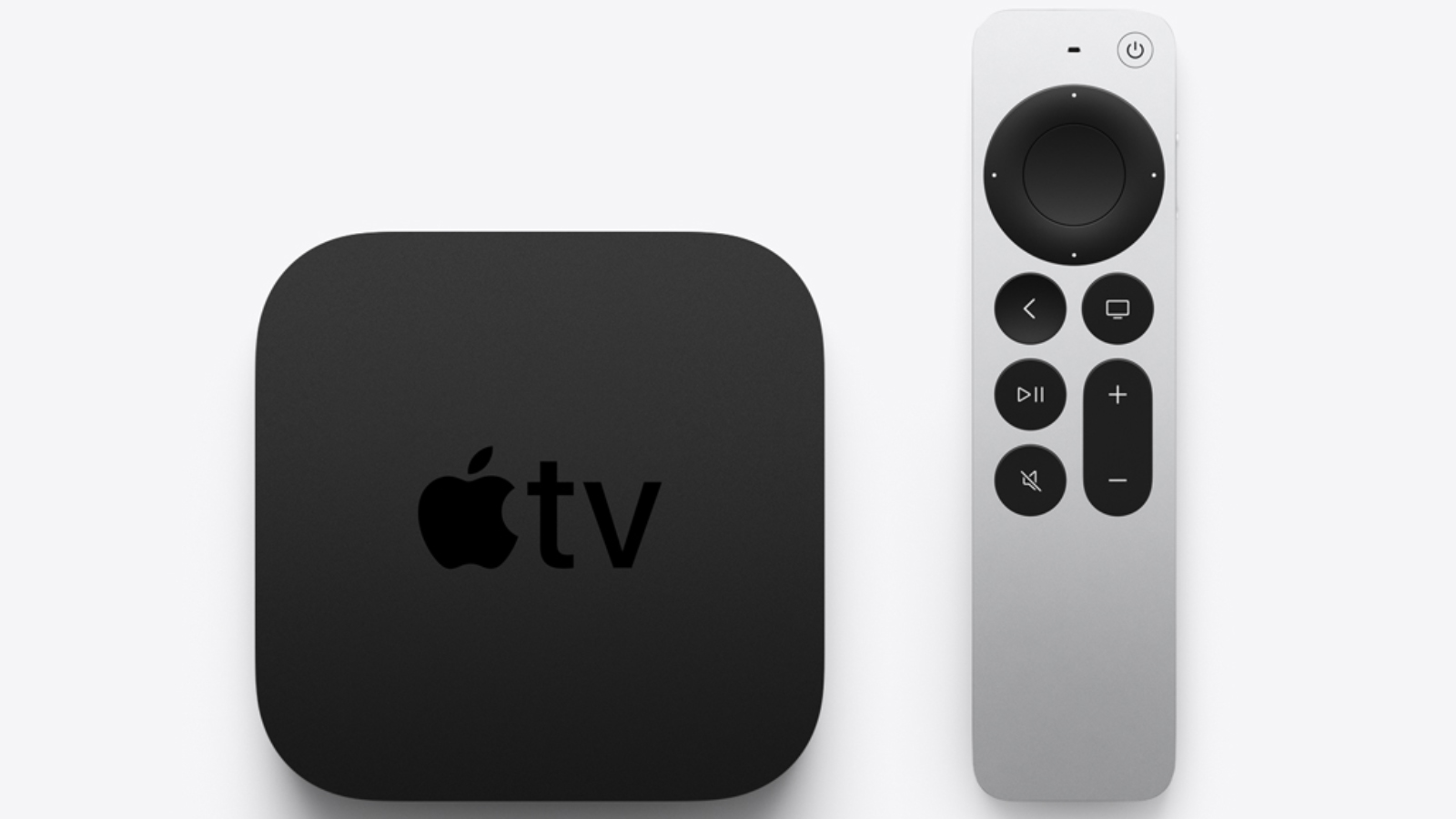What is HFR? High frame rates are increasingly important to the average viewers, especially for those big on sports broadcasts or gaming – but, like many TV-related acronyms out there, HFR can befuddle and confuse anyone not in the know.
Put simply, HFR is short for high frame rate, and you’ve probably heard the term in relation to the best TVs, next-generation game consoles, and even the new Apple TV 4K (2021). In general, frame rates are getting higher, but why is that so important? Let’s give you some context on the crucial display metric and what’s currently changing in the world of HFR TVs.
What is a frame rate?
Any moving image is composed of a series of still pictures or frames, which, when played back in quick succession, are perceived by the brain as an image in motion – hence the term ‘motion pictures’. The more frames per a second (fps), the smoother and more fluid the motion, and the greater the level of detail that can be contained within that moving image.
What frame rate is used at the cinema?
In the early days of cinema, frame rates varied from 16 to 26fps, but the introduction of sound in the late 1920s necessitated a standard to sync the image with the optical soundtrack. It was decided to use 24fps, primarily because most cinemas at the time could handle that particular frame rate, and has remained the standard in film production (incredibly) for the last hundred years.

What is the frame rate for TV?
When TVs were introduced into homes in the 1950s, the approach was slightly different. That’s because standard definition broadcasts used a series of interlaced images shown at a frequency of 50 or 60Hz – depending on which TV standard was being used.
The reason these interlaced signals used a frequency of either 50 or 60Hz was directly related to that particular territory's electrical power supply, so in the UK and Europe it was PAL at 50Hz, while the US and Japan used NTSC at 60Hz.
At the time TV images were composed of a series of scanning lines, so an interlaced image would essentially scan half the frame, and then the other half of the frame at a refresh rate of 50 or 60 times a second. Since this was happening so fast, the brain would unconsciously combine these interlaced frames into a full field image at a rate of 25 or 30 frames a second.
As broadcast and display technologies developed, TV production was able to use progressive scan video, which basically means shooting at 25 or 30 full video field frames a second, and this is often referred to as 25fps for PAL and 30fps for NTSC. Since both of these frame rates are very similar to the 24fps used at the cinema, it was also relatively easy to show movies on TV.

What is High Frame Rate (HFR)?
A high frame rate is simply any frame rate that’s higher than the established 24, 25 or 30fps that’s been the standard for cinema and TV until quite recently.
Since TV broadcasting has always been based around a 50 or 60Hz frequency, it was inevitable that the capture and display technology would evolve to support progressive scan video at 50fps and 60fps (‘Hz’ is how many frames a screen can display, while ‘fps’ is the speed of frames of a specific video feed). With the advent of high definition, these higher frame rates have become more common, and are particularly effective when it comes to sport.
The fast-paced action of most sports matches is clearer, smoother and more detailed at 50/60fps. This is one of the main reasons why the latest generation of the Apple TV 4K (2021) supports frame rates up to 60fps, ensuring that when watching content from various streamers you can enjoy sports or nature documentaries with crisp and fluid motion.
So while HFR might have only become a popular buzzword recently, we’ve actually been enjoying high frame rate broadcasts for years. And it doesn’t stop at 50/60fps, because as camera and display technologies have continued to develop, bandwidth has increased, and compression algorithms have improved, we’re beginning to see frames rates increase to 100/120fps.
There’s been a lot of talk about 4K and HDR over the last few years, and while both these innovations result in a superior viewing experience, the addition of HFR might actually make the biggest difference when it comes to nature documentaries or sports in particular.

When trying to reflect real life, the greater the resolution, the wider the dynamic range and colours, and the higher the frame rate, the more realistic the experience. Watching football, baseball, tennis and athletics at higher frame rates will result in an experience that’s more akin to actually being there. You won’t miss any of the action, and everything will look silky smooth and detailed. The same goes for nature documentaries, where it’ll feel like that tiger is in your living room!
Interestingly the one area where HFR has failed to gain any traction is film production, and by extension TV dramas which often try to emulate the feature film aesthetic. There’s is a very distinctive look to 24fps, and as soon as you increase the frame rate, the sensation of watching a film is lost. The choice of 24fps may have been an expedient compromise 100 years ago, but after a century of going to the cinema, it’s the frame rate most people associate with film motion.
There’s no technical limitation to shooting films at higher frame rates, especially as the majority of productions are digital these days, and there have been a few attempts to make films in HFR. Peter Jackson shot his Hobbit films at 48fps, and Ang Lee has made two films at 120fps (Billy Lynn’s Long Halftime Walk and Gemini Man), but it’s fair to say none of these productions were considered creative successes. The main complaints aimed at these films are that they look like regular “video” or “too realistic” and thus lose that all-important film-like aesthetic.
So while HFR will undoubtedly revolutionise documentaries and sports coverage, it’s unlikely to impact film and TV drama production in the near future. There is however one other medium where HFR will be a game changer… literally.

What does high frame rate mean for gaming?
The evolution of gaming consoles has largely mirrored the development of display technologies with resolutions that have gone from standard definition interlaced to high definition progressive, and more recently 4K at 50/60fps. Anyone who regularly games at the higher frame rates of 50/60p will know the experience is vastly improved by the smooth and detailed motion.
Although PC gamers have been enjoying HFR for a while, the arrival of the Xbox Series X and PS5 has ushered in a new era of mass market 100/120fps gaming. While innovations like 4K, HDR and ray tracing have their benefits, most gamers will point to HFR as the single biggest upgrade to next generation console gaming, with its fluid motion and buttery smooth game play.
How can I watch HFR?
If you want to enjoy the full benefits of HFR you’ll need a TV that uses a 100/120Hz panel (depending on where you live) and has at least one HDMI 2.1 input, so it can accept a 100/120fps signal.
In terms of other hardware, the new Apple TV 4K can support 50/60fps, as can many Ultra HD Blu-ray players (although there are very few 60fps discs aside from those two And Lee films), and the latest games consoles can deliver gaming at up to 100/120fps.
There are a number of broadcasters and streamers who currently use 50/60fps for sports coverage, various nature documentaries and YouTube videos, and there are already plans to increase HFR to 100/120fps in the near future.
- Here are the best TVs for sport
from TechRadar - All the latest technology news https://ift.tt/2UjLU2u
Aucun commentaire: